Baking is a science, and gluten free baking, more than most. You’re going to need to know how to measure gluten free flour and why it’s so important to do it right before you ever pick up a whisk, or there’s just no need to bother with the frustration.
Here’s why measuring your gluten free ingredients is so important, and why getting this one simple step right can make all the difference in your gluten free baking.
Measuring Gluten Free Flour Correctly:
Did you know that you could throw off an otherwise wonderful recipe just by measuring your gluten free flour the wrong way? Especially if you’re not baking with an all purpose flour that’s already mixed for you, this can be a tricky business.
First off, you must use the right tools. Using cute measuring cups and spoons might seem fun, but when they ruin your recipe, it’s not so fun. Use real, accurate measuring spoons and measuring cups, not novelty ones.
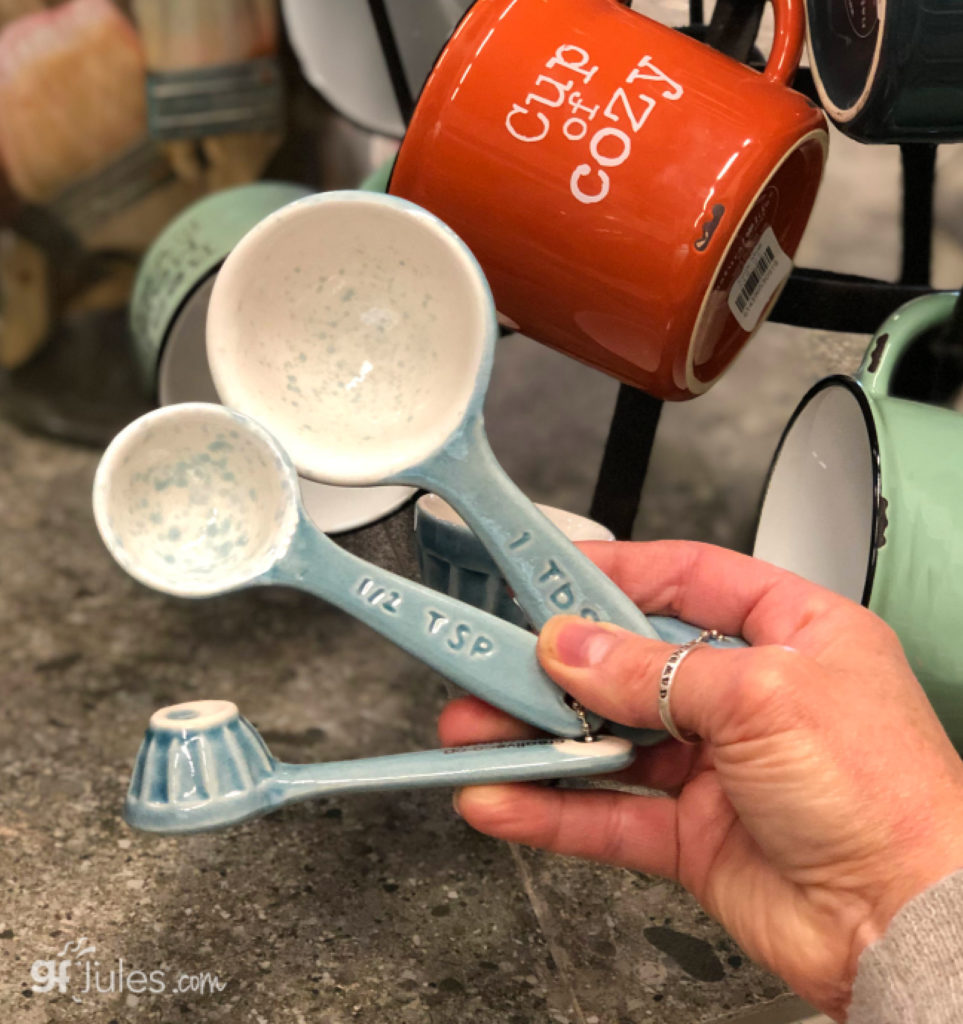
Novelty measuring spoons do not measure accurately and can ruin your recipe.
While we’re on the subject of cups, be sure you’re using cups for dry ingredients and clear, glass or plastic versions (sometimes called “Pyrex”) with handles for measuring for liquids. Below you can see one I use for proving my yeast.
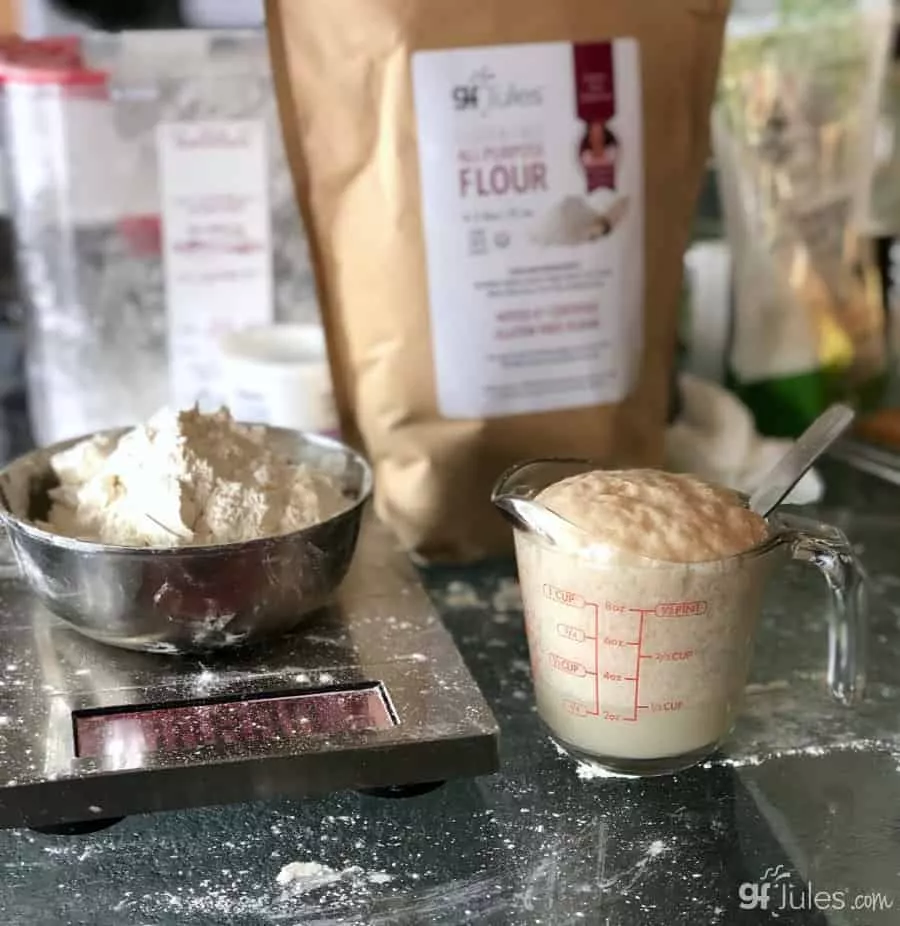
Liquid measuring cup on the right; food scale measuring flour on the left.
It’s almost impossible to measure dry ingredients in a liquid measuring cup accurately, and almost impossible to measure liquid in a dry measuring cup accurately. Do yourself a favor and invest in the proper measuring tools and you’ll have much better results!
Back to measuring dry ingredients, DO NOT scoop WITH the measuring cup itself. Doing so can compact the flour and can add up to 25% more flour than you intended. Talk about a dry recipe!
Spoon the gluten free flour into the measuring cup and level off with a knife, or better yet, WEIGH your flour. Seems silly for the home baker, but makes a huge difference. Kitchen scales do not have to be pricey, but they will be worth their weight in gold (along with your trusty all purpose gluten free flour) when your gluten free recipes start turning out like they should!
1 cup of gfJules Gluten Free All Purpose Flour weighs 135 grams
Not all gluten free flours have the same weight, so consult your brand if you’re not using my gfJules All Purpose Flour.
My gfJules Nada Grain-Free Flour weighs 110 grams per cup.
My gfJules Corn-Free Gluten Free Multigrain Flour weighs 140 grams per cup.
See what I mean!
You don’t need to use this exact scale, but make sure the kitchen scale you choose allows you to easily see the digital numbers on the readout if you put a bowl on top, and it allows you to zero out the weight to tare any bowl or plate you put on top.
To Tare the Weight:
When you tare a weight, you subtract the container weight from the gross weight, yielding the net weight of the thing you’re actually trying to weigh — here, the ingredients.
Pin for later!



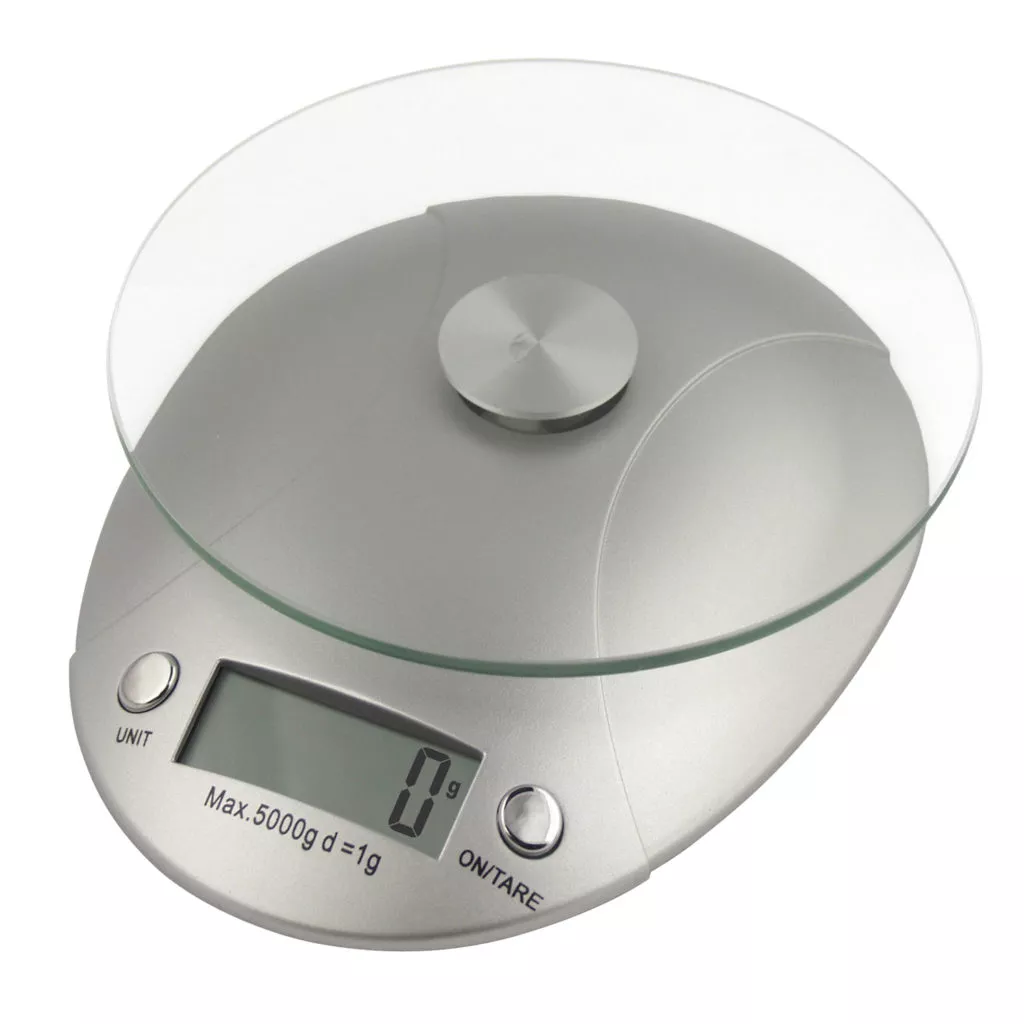


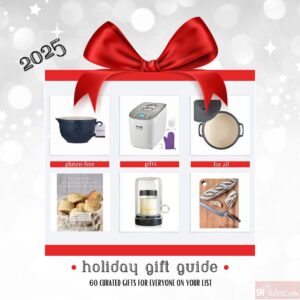
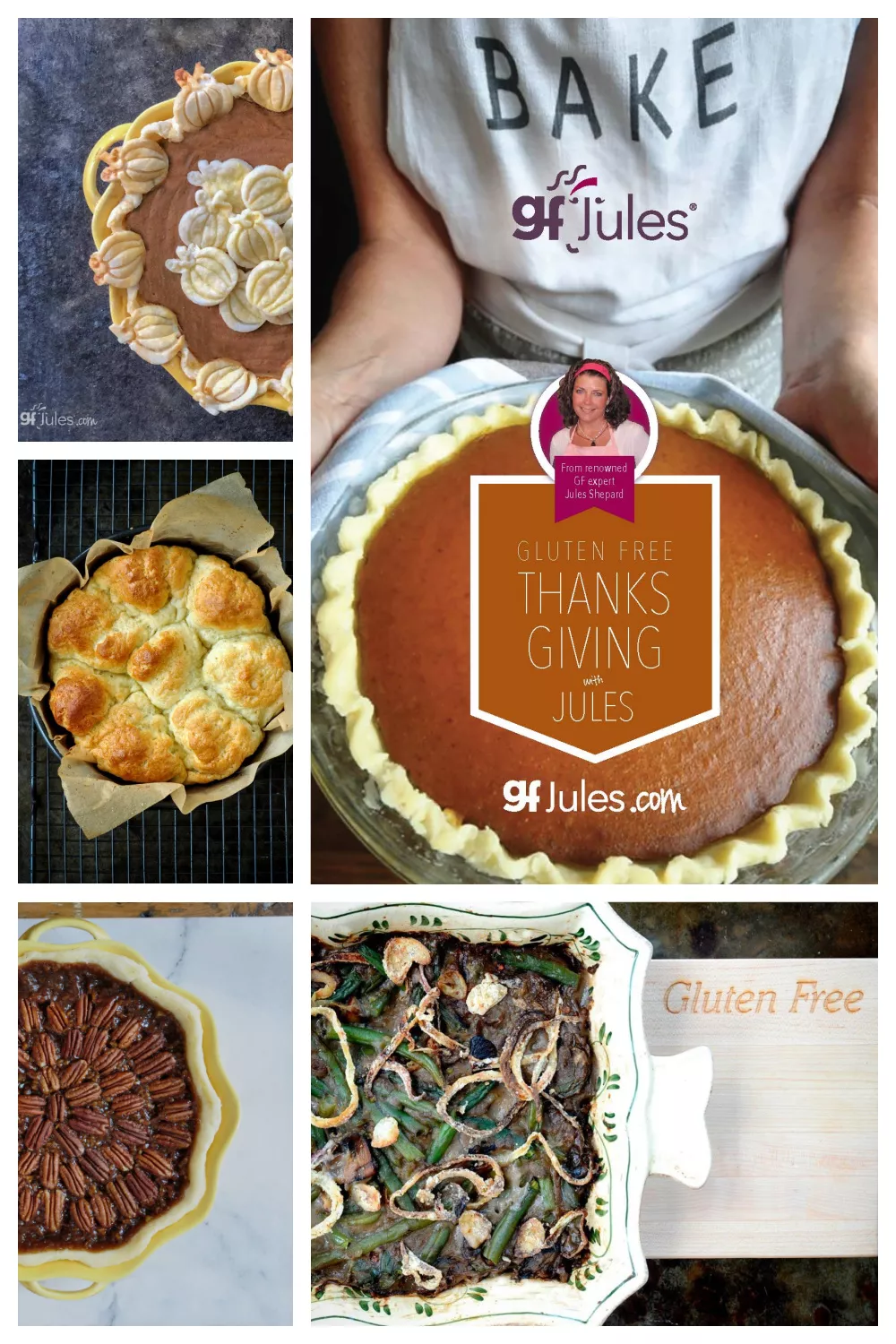













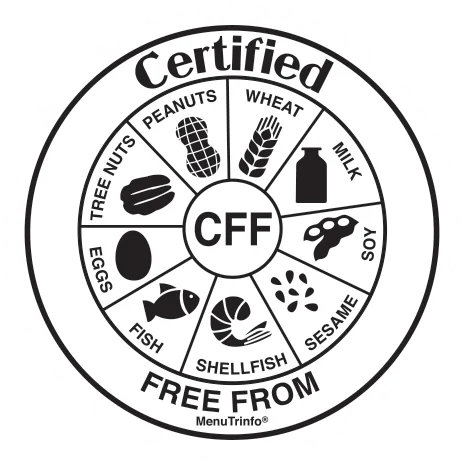


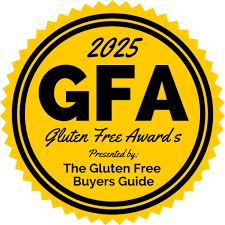

HI Jules , I have become a diabetic. Im trying to use more agave syrup than sugar. Can this be substituted in your sweet baking recipes? or would doing so make the dough too wet?
Hi Kathleen, subbing in agave or date syrup is definitely do-able in many recipes calling for sugar, particularly in lower-sugar recipes (like my scones, where only 1/4 cup sugar is called for). When you get to a point where around 3/4 cup of sugar or more is required, changing to a liquid sugar will alter the moisture content in the recipe and require adjustment. In cookies, in particular, using a liquid as opposed to a granulated, sweetener will also change the texture, so expect differences in caramelization. I hope that helps!
~jules
I always measure ingredients by weight. So, if I want to bake a recipe that calls for wheat flour, and I prefer to swap in your GF, how should I adjust the GF weight measurements to retain the balance/texture of the original recipe?
Hi Jane, fortunately, most recipes still give cup measures, so you’ll take the wheat cup measurement and convert that to weight for gfJules Flour. Hope that helps!
~jules
I have a recipe that calls for King Arthur GF Almond flour I have Bob’s Red Mill do I use the measurement it calls for in the recipe or use the Bob’s Almond flour weight for measurement? Thank you
Hi Christine, almond flours should all weigh about the same, so that makes it easier!
~jules
I would like to start baking more. I live in a mountain town at 6800 feet altitude. So baking is really challenging because measurements need to be different. Have you ever adjusted your recipes for altitude, and do you have any advice?
Hi Elissa, absolutely! Check out my gluten free high altitude baking tips!
~jules
How to measure Almond orCoconut flour.
Great question, Charlie! It’s definitely not the same weight as my gfJules Flour, per cup, but the same principle holds true that you spoon it into the cup and level off. 1 cup of Almond flour weighs 112 grams; 1 cup Coconut flour weighs 128 grams. Hope that helps!
~jules
Glad to have found your page. Feel a bit of a kindred spirit! Diagnosed with Celiac 3 years ago and from Michigan so part of my heart is still there.
Glad you found my site, as well, Kathy! There’s lots more info here for the taking, and of course loads of recipes and the best gluten free products! Don’t be a stranger, as midwesterners say!!!
~jules